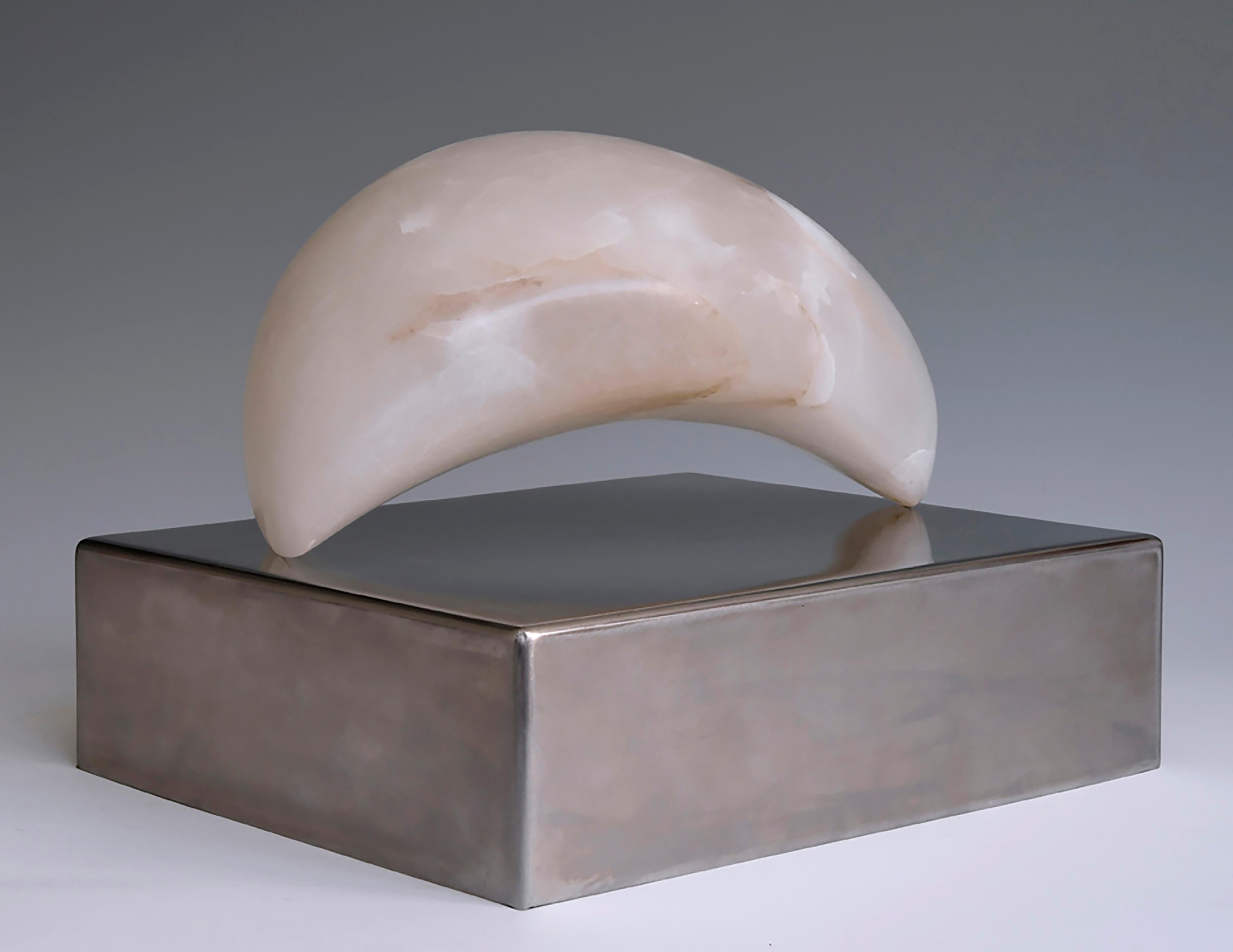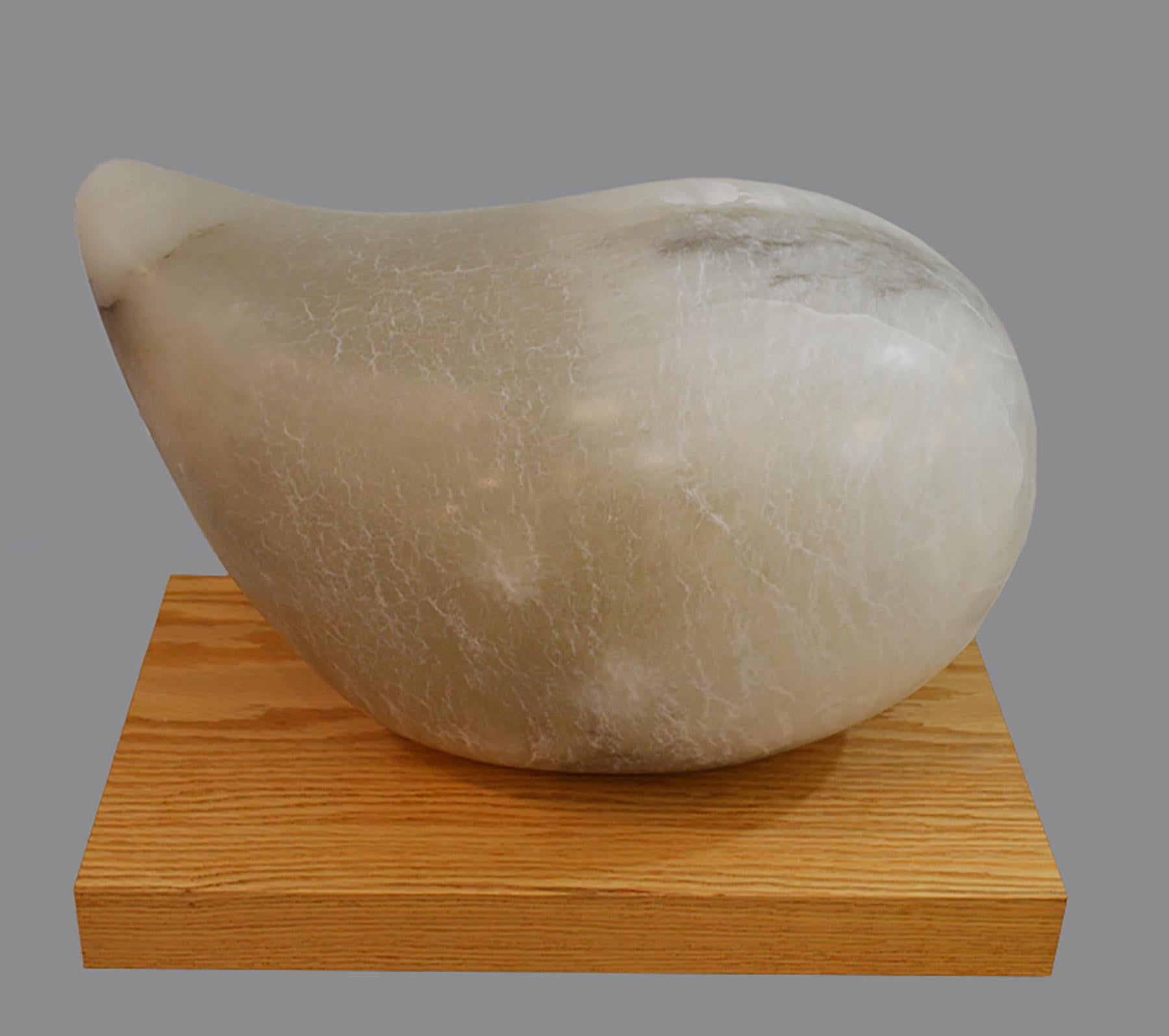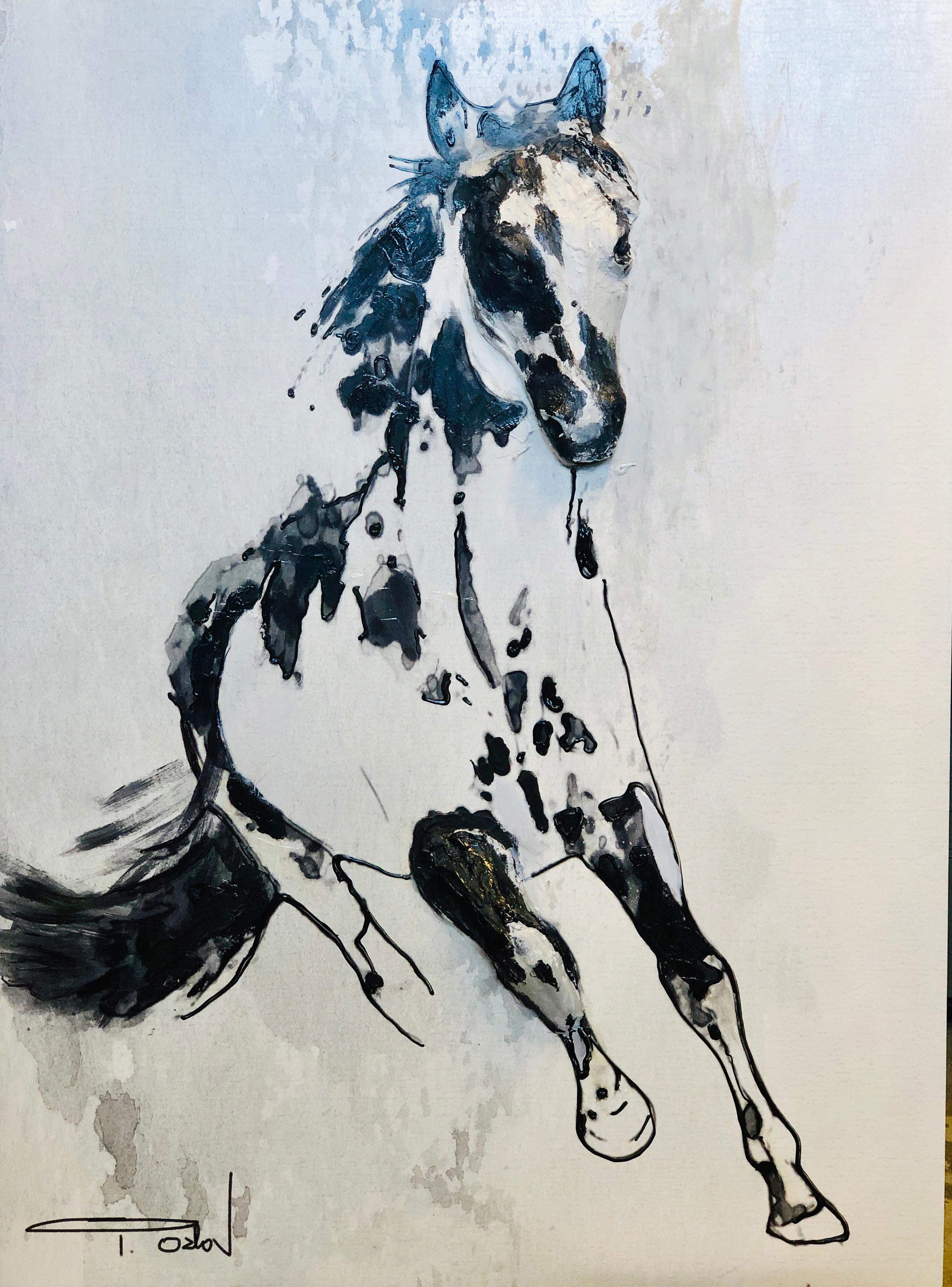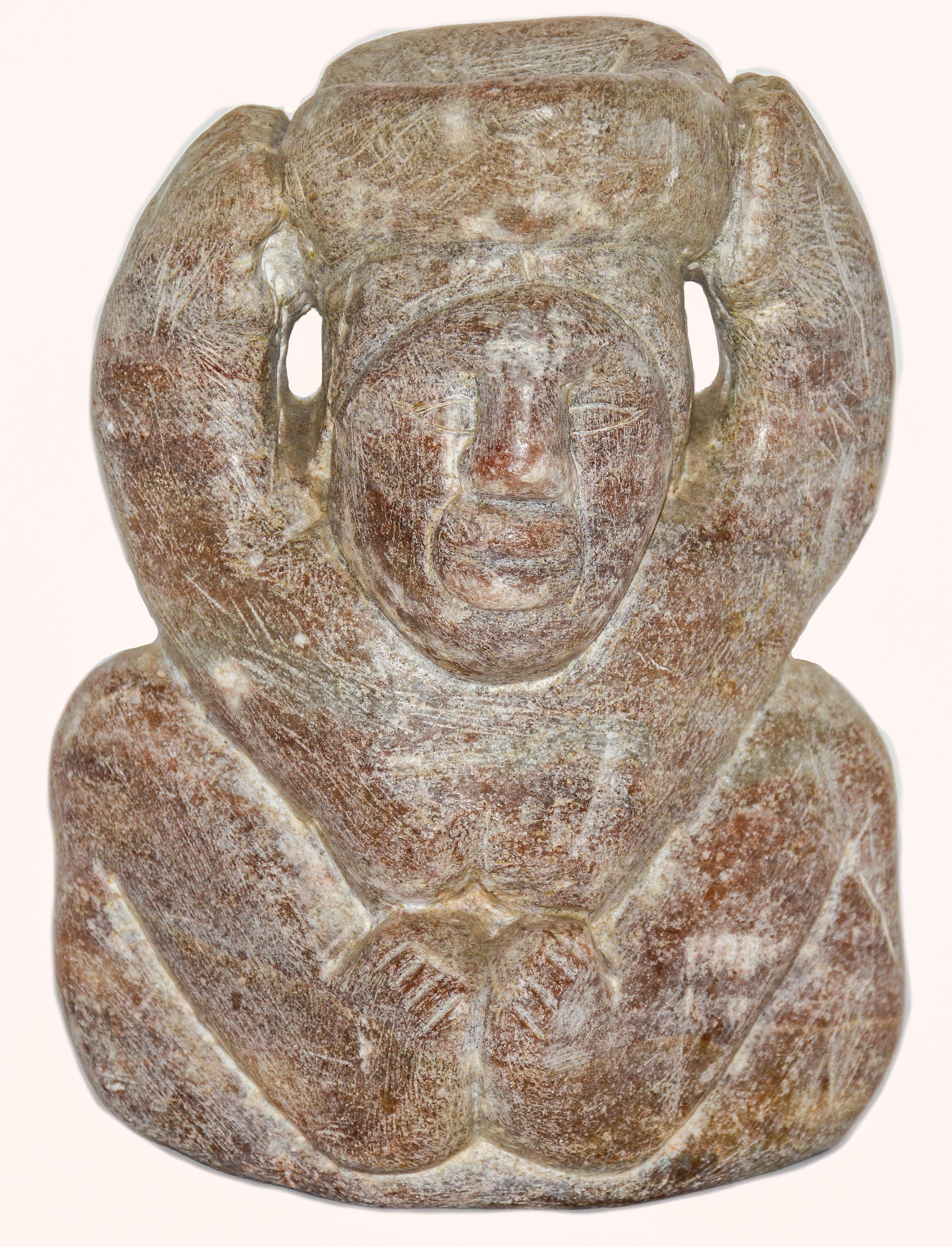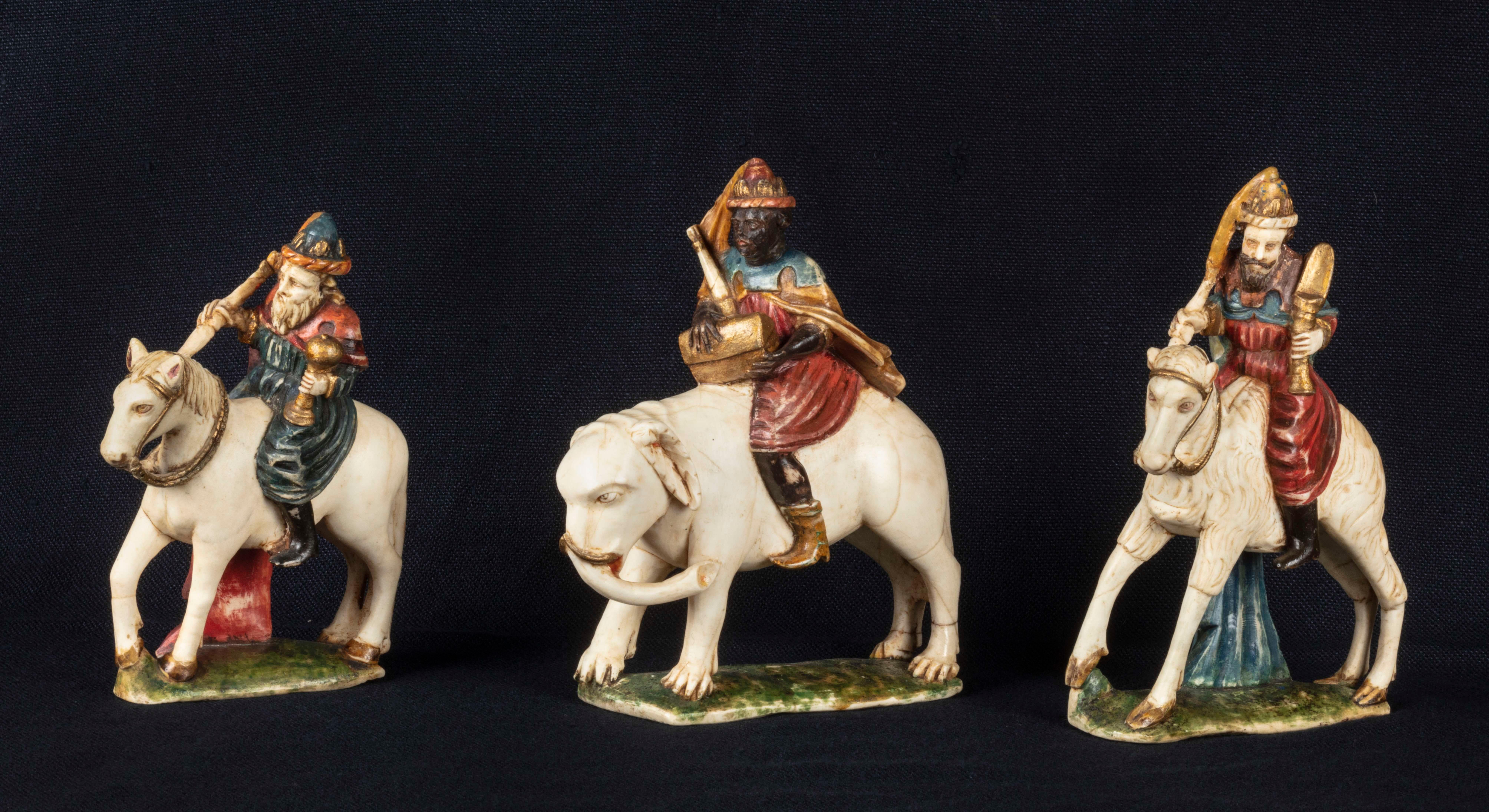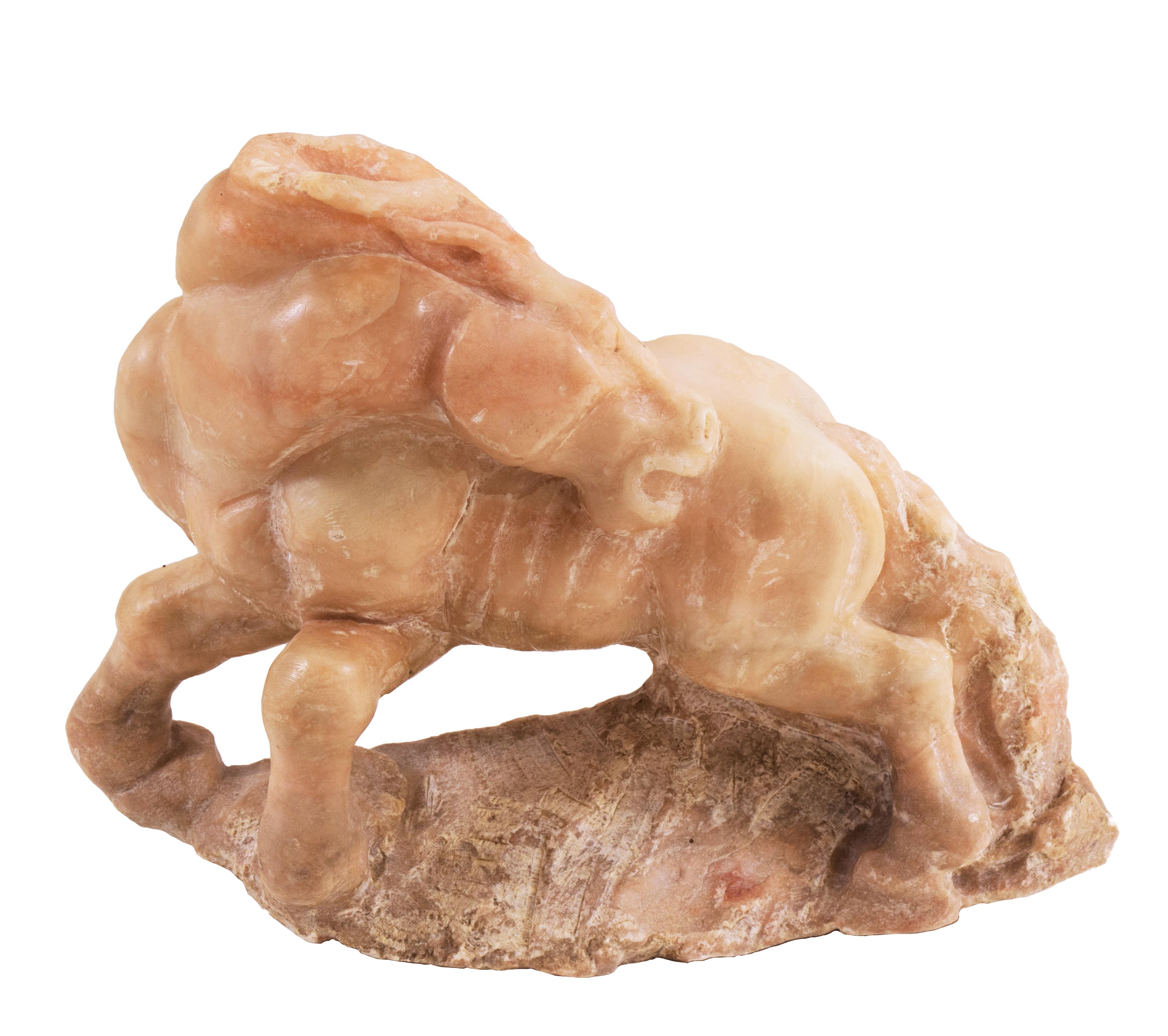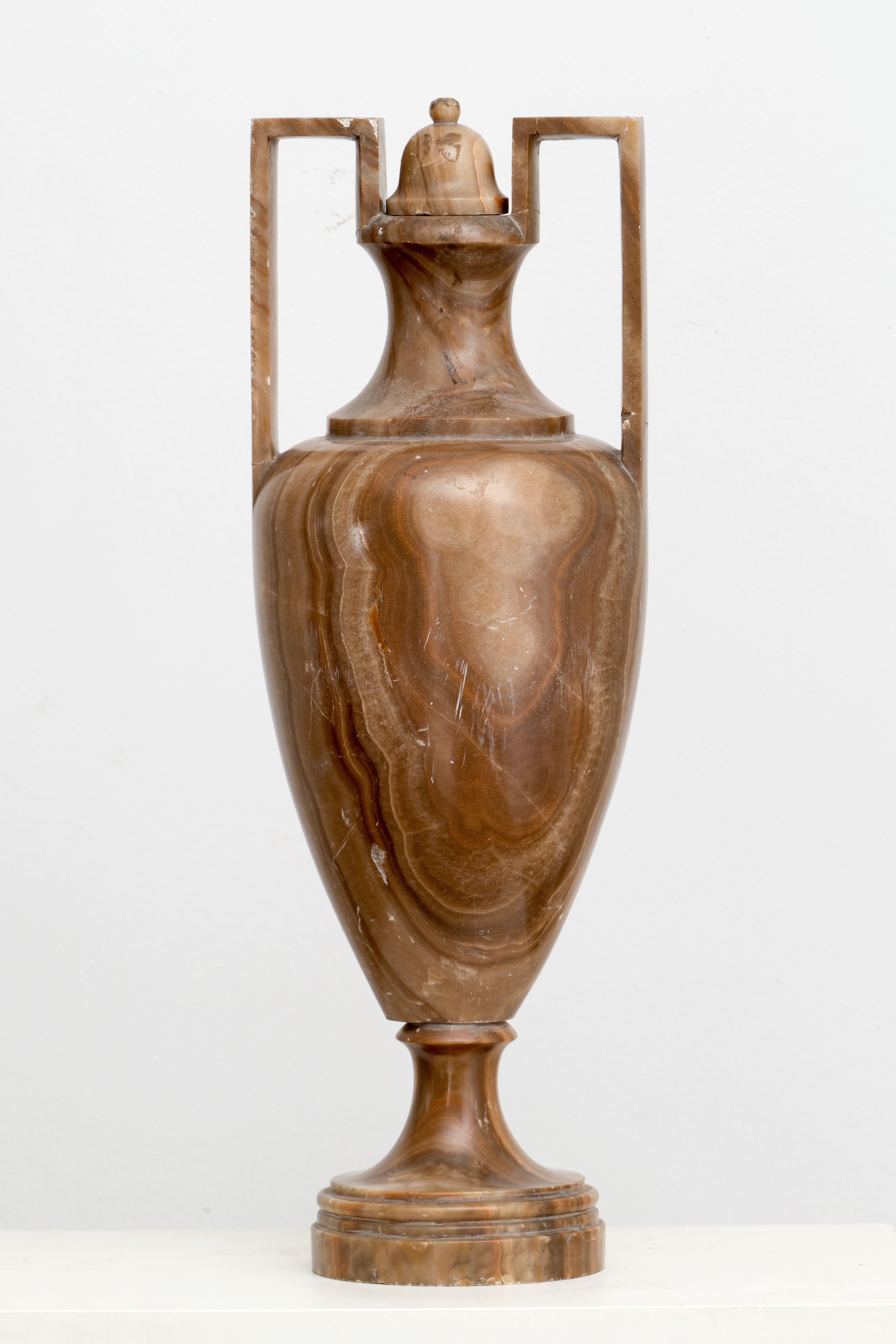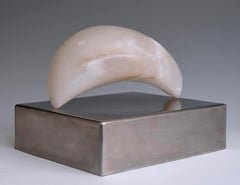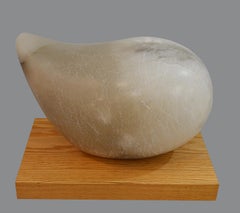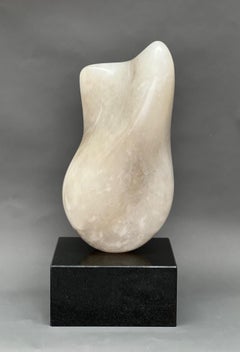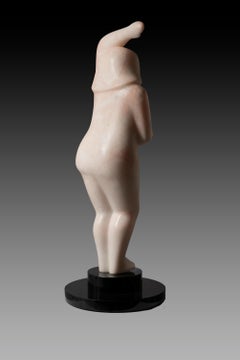
Dance Step One
View Similar Items
1 of 2
Robert HookeDance Step One2010-2020
2010-2020
About the Item
- Creator:Robert Hooke (1942, American)
- Creation Year:2010-2020
- Dimensions:Height: 36 in (91.44 cm)Width: 13 in (33.02 cm)Depth: 13 in (33.02 cm)
- Medium:
- Period:
- Condition:
- Gallery Location:Sag Harbor, NY
- Reference Number:1stDibs: LU152727983352
You May Also Like
- OriginsBy Lilian R. EngelLocated in New York, NYAlabaster on steel 12 x 12 x 14 inchesCategory
21st Century and Contemporary Contemporary Abstract Sculptures
MaterialsAlabaster, Steel
- Winter's CubBy Lilian R. EngelLocated in New York, NYAlabaster and woodCategory
21st Century and Contemporary Contemporary Abstract Sculptures
MaterialsAlabaster
- AwakeningBy Lilian R. EngelLocated in New York, NYAlabaster on graniteCategory
21st Century and Contemporary Contemporary Abstract Sculptures
MaterialsAlabaster, Granite
- Vintage Abstract Figurative Modern Alabaster Sculpture -- Torso of Woman #106By Doris WarnerLocated in Soquel, CAModern abstract sculpture of a woman's torso, signed and dated Warner in stone and marker pen, "Warner '80" and "Warner #106". Dimensions: 16"L x 11"W x 9"H. Listed artist Doris Ann...Category
1980s American Modern Figurative Sculptures
MaterialsAlabaster
$2,000 Sale Price20% Off - Wild Running Horse Three-Dimensional Painting on Wood 40H X 30" WBy Irena OrlovLocated in Sherman Oaks, CAWild Running Horse Three-Dimensional Painting on Wood 40H X 30" W 2019 in Los Angeles Collaborative Artwork - Irena Orlov-Zeev Orlov SPECIFICATIONS: Combines Painting and Sculptur...Category
2010s Realist Figurative Sculptures
MaterialsAlabaster
- The Three MagiLocated in New York, NYProvenance: Private Collection, Spain. Known as Peruvian alabaster for its translucency and workability, Piedra de Huamanga is a highly prized material from the province of Ayacucho in Peru. In the 17th and 18th centuries, local craftsman in the town of Huamanga began to specialize in the production of small-scale, polychrome religious sculptures made from this distinctive stone. Huamanga sculptures are among the most accomplished examples of carving from the Spanish Americas, where polychrome wood sculpture was a far more common sculptural medium. These works, which were created as independent sculptures or as sculptural groups—such as our three Magi—were intended for ecclesiastical as well as domestics settings. Our three figures likely formed part of a larger Nativity group—a New World variant of the tradition of the Neapolitan Crèche...Category
Late 18th Century Figurative Sculptures
MaterialsAlabaster
